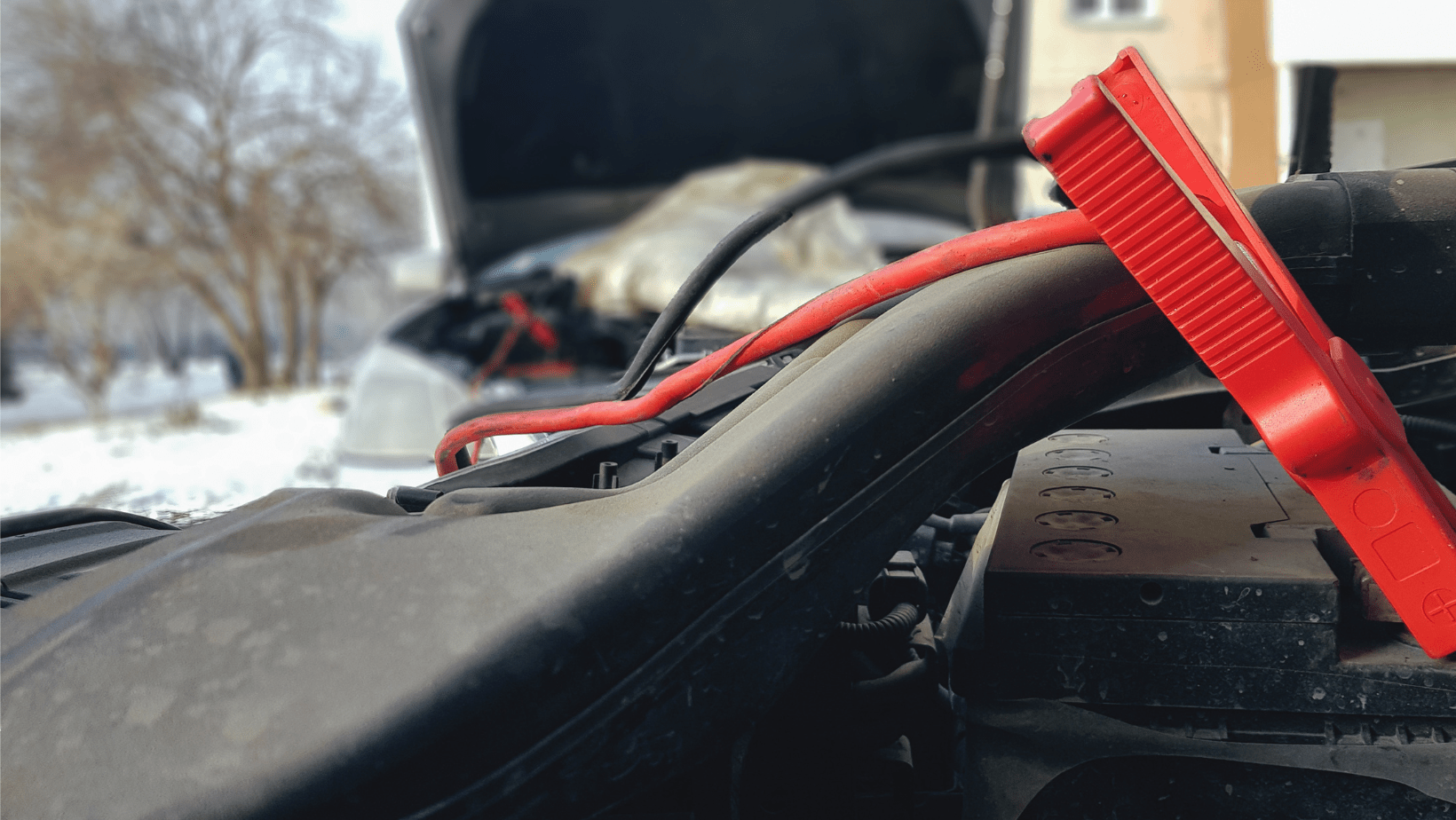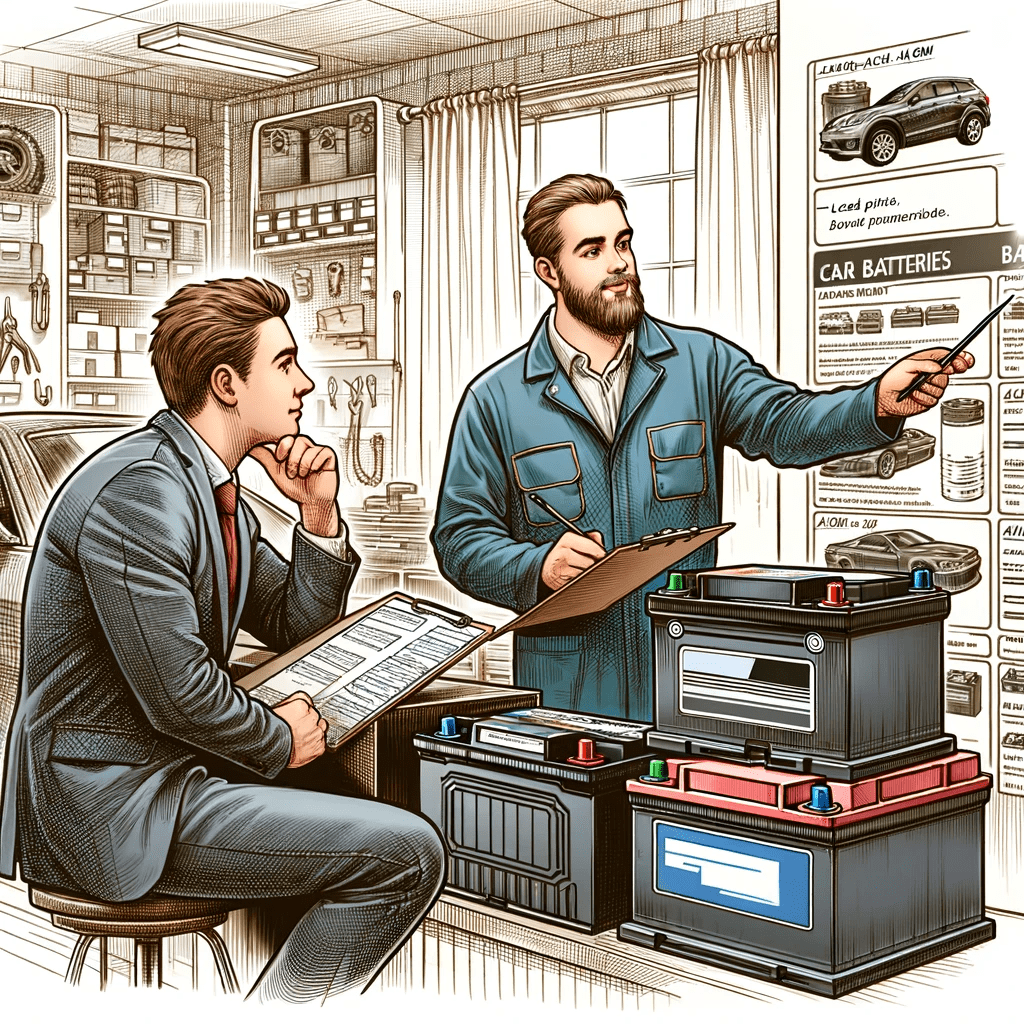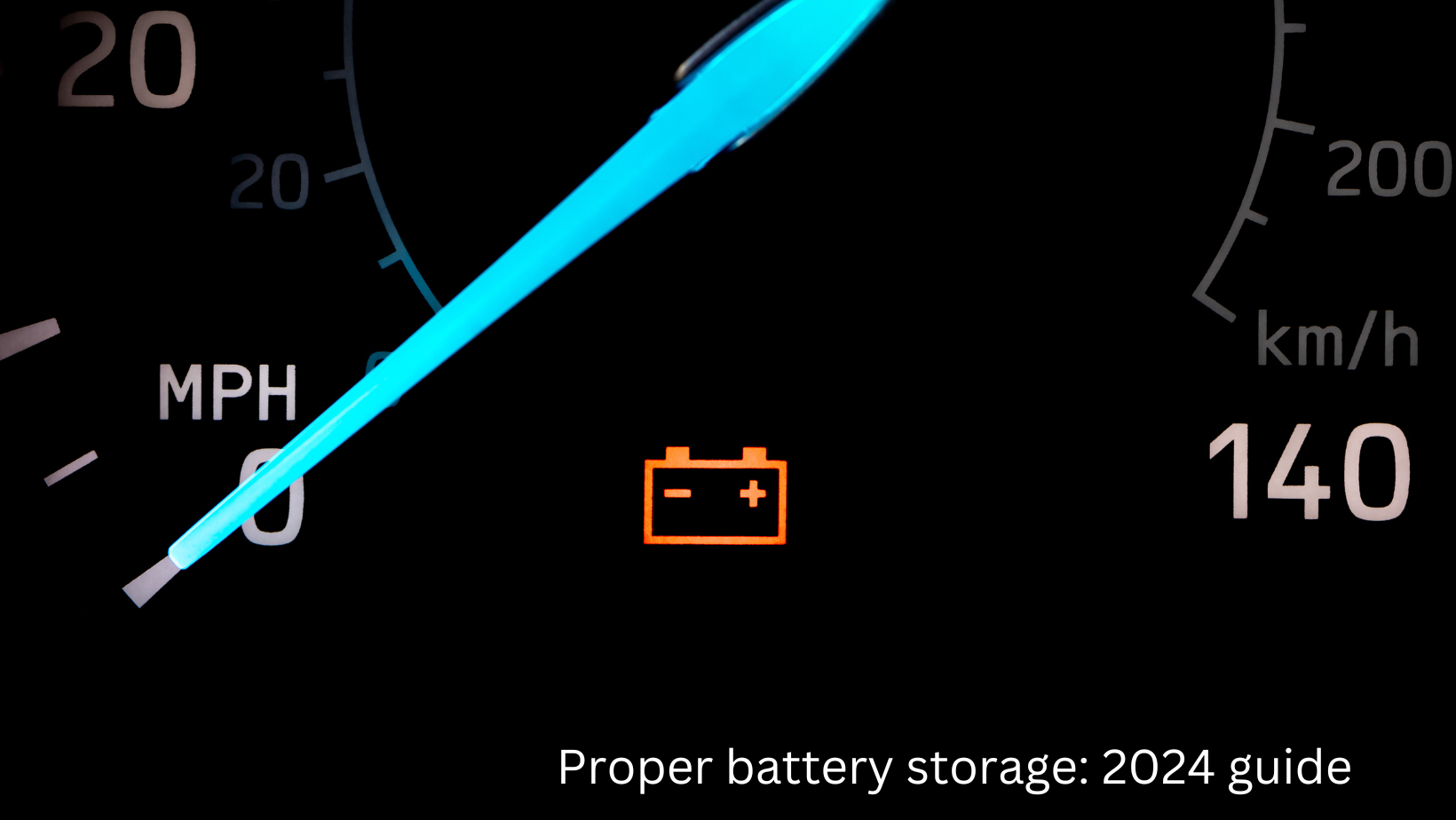Key Takeaways:
| Topic | Detail |
|---|---|
| Cold Weather Impact | Cold weather can reduce battery power by 20-60%. |
| Battery Capacity & CCA | High cold cranking amps (CCA) are beneficial in cold weather. |
| Charging & Accessories | Keeping the battery charged and managing accessories is crucial. |
| Maintenance Tips | Regular checks and maintenance can prevent issues. |
| Protective Measures | Using garages, cleaners, and battery chargers can help. |
The Impact of Cold on Your Car Battery

As the temperatures drop, your car battery faces the brunt of the cold. It’s a known fact that cold weather can significantly reduce your battery’s power, by as much as 30 to 60 percent. This loss of power is particularly noticeable in vehicles that have batteries already weakened or damaged. The reason behind this is simple yet critical: the chemical reactions within the battery slow down in lower temperatures, demanding more from the battery to start your car. Let’s find out more about cold weather battery care!
Here’s a table outlining the effects of different temperature ranges on car batteries and the recommended actions for each:
| Temperature Range | Battery Power Reduction | Recommended Actions |
|---|---|---|
| Above 32°F (0°C) | Minimal | Routine checks and maintenance |
| 0°F to 32°F (-18°C to 0°C) | 20-50% | Increased charging; consider higher CCA battery |
| Below 0°F (-18°C) | More than 50% | Use of block heater/battery charger; frequent checks |
Understanding Battery Capacity and Cold Cranking Amps
One of the key factors in cold weather battery performance is the concept of cold cranking amps (CCA). Batteries with a higher CCA are more capable of starting your vehicle in cold conditions. The need for a high CCA becomes more evident when you consider that the battery not only needs to power the starter motor but also crank the engine, a process that becomes increasingly challenging as temperatures drop.
Charging and Accessory Management
When it comes to maintaining your battery in cold weather, keeping it charged is of utmost importance. The alternator plays a crucial role in this process, powering the vehicle’s electronics and recharging the battery while the engine is running. However, in cold weather, the battery’s recharge rate decreases, meaning it takes longer for the alternator to recharge it.
Furthermore, the increased use of accessories in winter, such as heaters, defrosters, and windshield wipers, can add to the power demand, further elongating the recharge time. Therefore, it’s advisable to manage the usage of these accessories and ensure they’re turned off when not necessary. Discover more on managing your car’s electrical demands at “Understanding the Basics of Battery Care for Your Vehicle”.
Maintenance and Protective Measures

Regular Checks and Maintenance
Regular battery checks in the fall are a proactive approach to avoid winter surprises. This includes keeping the battery terminals clean to avoid electrical resistance, and regularly testing the battery to determine its health and capacity to withstand winter temperatures. Learn how to effectively test your car battery at “How to Test a Car Battery: A Detailed Guide”.
Using Garages and Battery Chargers
Parking your car in a garage can provide some insulation from the cold, helping to maintain battery capacity. In areas with extreme cold, consider using a block heater or battery charger to keep your battery warm and prevent deep discharges.
Cleaning and Replacing the Battery
Keeping the battery and its connections clean is essential for efficient electrical system operation. In cases where the battery is old or shows signs of weakness, it might be wise to replace it before winter sets in. For more on maintaining battery health, check out “Extending Battery Lifespan: Maximizing Your Car Battery’s Health and Longevity”.
Conclusion on cold weather battery care
As winter approaches, it’s crucial to give your car’s battery the attention it deserves. Understanding how cold weather impacts battery performance, along with proper charging, maintenance, and protective measures, can save you from the inconvenience of a dead battery. Remember, a little preparation can go a long way in ensuring your vehicle remains reliable throughout the colder months.
For further insights on battery care, explore “The Vital Pulse: Navigating Battery Car Repair” and “How to Know When It’s Time for a Battery Change”.





